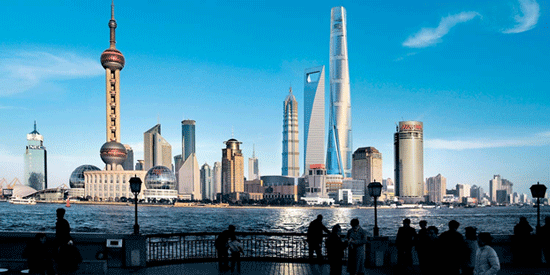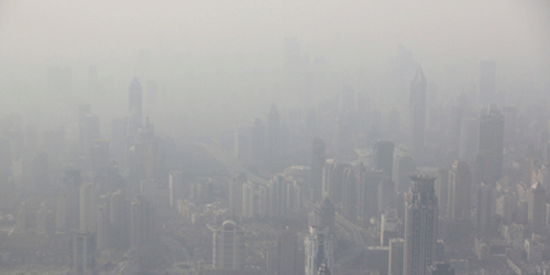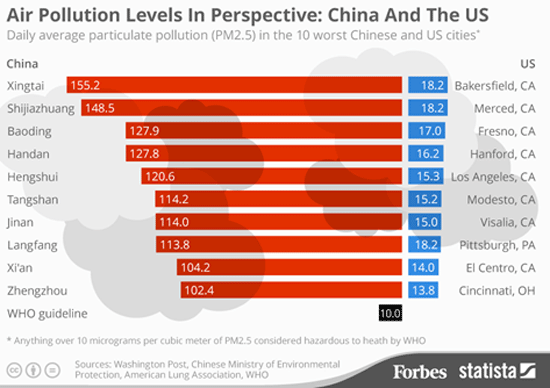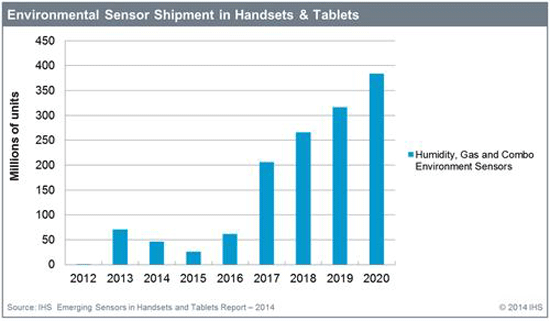It started about two hours after I landed. “It” being a persistent, ugly cough that I developed a couple of hours after I landed in Shanghai.

Shanghai is an amazing city. Although it doesn’t have the political significance of Beijing or ancient beauty of the Forbidden City and Great Wall of China, Shanghai holds the key to the Chinese economic-growth engine.
With 24 million residents, it’s the largest city in the world and home to several of the world’s most iconic buildings like the Oriental Pearl Tower and the 128-story Shanghai Tower, the second tallest building in the world.
I stayed at the JW Marriott at Tomorrow Square. I even scored a free upgrade on the 34th floor and smiled in anticipation of some great views of the Huangpu River, the historic Bund, and the glittering, futuristic skyscrapers of the Pudong district.
My room was clean, modern, and luxuriously appointed. But when I opened the curtains, instead of an impressive view, I could barely make out the landmarks through the thick, gray clouds of smog.

The air pollution is as bad as I have ever seen in China… and I’ve been there a lot.
Salted Egg Yolk
The thick haze of pollution obstructed everything beyond 50 yards. I might as well have stayed on the ground floor because my “room with a view” had no view.
Shanghai’s air pollution is getting worse by the year.
- Earlier this year, the level of airborne particulates in Shanghai soared to 360, or 15 times the World Health Organization safe level of 25 micrograms per cubic meter.
- The neighboring city of Nanjing was forced to close all its elementary and middle school classes because the sky was the color of “salted egg yolk,” and the city of Qingdao canceled all outdoor activities.
- According to official numbers from China’s National Bureau of Statistics, 90% of the 161 cities whose air quality was monitored in 2014 failed to meet official standards.

- Berkeley Earth, an environmental research group, estimates that 4,000 people per day die in China from air pollution-related illnesses. “Every hour of exposure reduced my life expectancy by 20 minutes. It’s as if every man, woman and child smoked 1.5 cigarettes each hour,” said Richard Muller, scientific director of Berkeley Earth.
Heck, even the air inside Chinese buildings is awful. In 2013, the Galaxy Soho, an upscale retail/office complex, hired Malaysia’s Mayair and Honeywell (HON) to install massive indoor air cleaning systems.

Since then, dozens of companies like China Telecom and CCTV have inquired about installing similar systems in their offices.
There is more than one reason behind China’s air pollution problem, but the primary culprit is the fact that China gets about 64% of its electricity from burning coal, according to National Energy Administration data.
The Chinese government understands that it needs to “do something”; it has pledged to improve the air quality and has taken serious steps to do it.
For example, to cut reliance on coal, Beijing has set the goal to get 20% of its energy from renewables (solar and wind) and nuclear power by 2030, almost double the current share.
In fact, the Central Committee of China’s Communist Party kicked off its fifth plenary session on October 26, a key four-day meeting in which the nation’s economic and social policies for the next five years will be finalized.
(Note: Dirty air wasn’t the only pollution I found in Shanghai. The JW Marriott, one of the city’s nicest hotels, had a bright red sign above the bathroom sink warning “Water Not Potable.” Shanghai’s water is an interesting story with an entirely different investment opportunity. I’ll save it for another time.)
China is going to spend billions—yes, billions with a B—to clean up its air and water, which will make pollution control an industry in itself over the next few years.
How You Can Cash In
Of course, the money won’t all go to one company, but it isn’t hard to identify some of the big winners. Clean-energy providers (solar, wind, nuclear), natural gas producers, clean coal technology leaders, electric cars, emission control equipment, and air purification systems will have the government wind at their backs.
And that doesn’t even count the equally urgent water pollution problem.
If you’re an ETF investor, you have a fistful of choices, including:
- Guggenheim Solar ETF (TAN)
- PowerShares WilderHill Clean Energy Portfolio (PBW)
- iShares Global Clean Energy ETF (ICLN)
- First Trust ISE Global Wind Energy ETF (FAN)
- Market Vectors Solar Energy ETF (KWT)
- PowerShares Water Resources ETF (PHO)
- PowerShares WilderHill Progressive Energy ETF (PUW)
- PowerShares Global Clean Energy ETF (PBD)
- PowerShares Global Water ETF (PIO)
- PowerShares Cleantech Portfolio (PZD)
- Market Vectors Global Alternative Energy ETF (GEX)
- Market Vectors Environmental Services ETF (EVX)
- Market Vectors Uranium+Nuclear Energy ETF (NLR)
- First Trust ISE Water ETF (FIW)
- First Trust Nasdaq Clean Edge Green Energy ETF (QCLN)
- Claymore S&P Global Water ETF (CGW)
Clean air and clean water are big business around the world, but especially in China. I think they will be among the easiest, slam-dunk sector winners over the next decade, and this list of ETFs is a good place to start your research.

None of those ETFs really focuses on China, though, so I think you can do much, much better with carefully targeted individual stocks—such as a small-cap leader in clean coal technology that is doing big business in China, or a chip company making air quality sensor chips—than with the shotgun approach of ETFs.
For other stocks with great upside potential, check out my monthly newsletter, Just One Trade.

Tony Sagami
30-year market expert Tony Sagami leads the Yield Shark and Rational Bear advisories at Mauldin Economics. To learn more about Yield Shark and how it helps you maximize dividend income, click here. To learn more about Rational Bear and how you can use it to benefit from falling stocks and sectors, click here.

